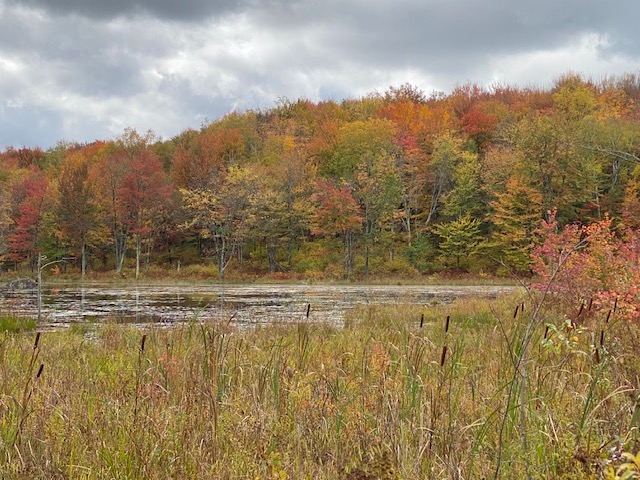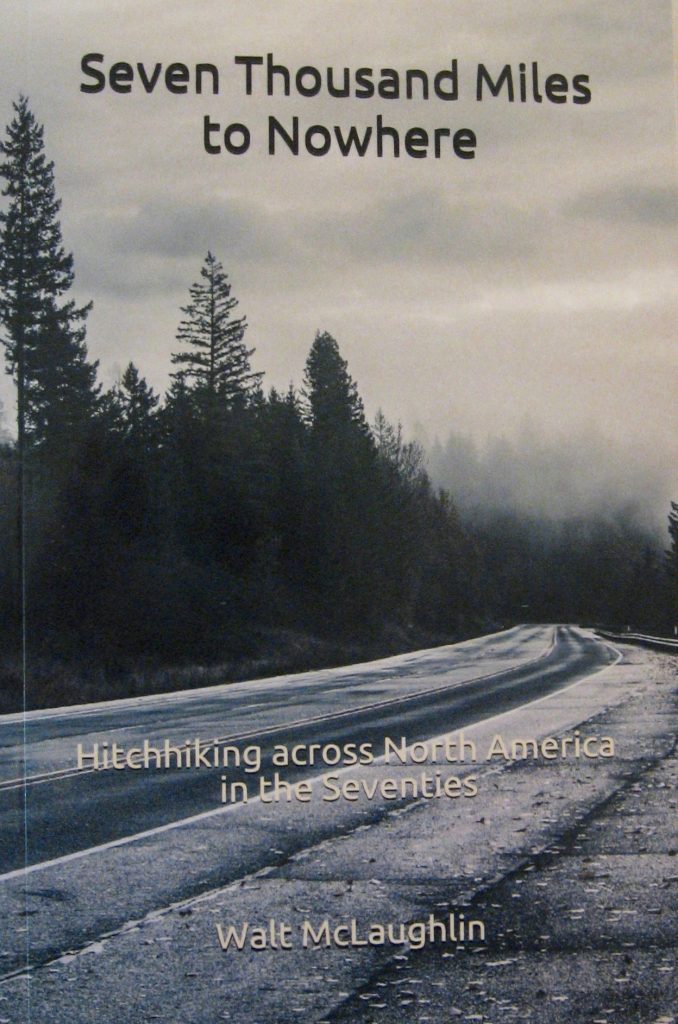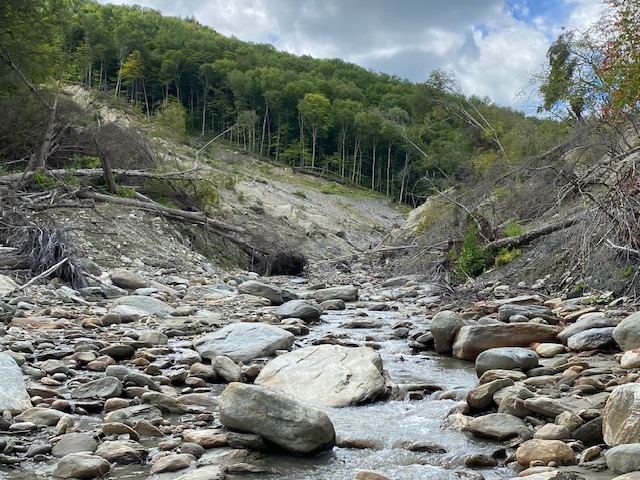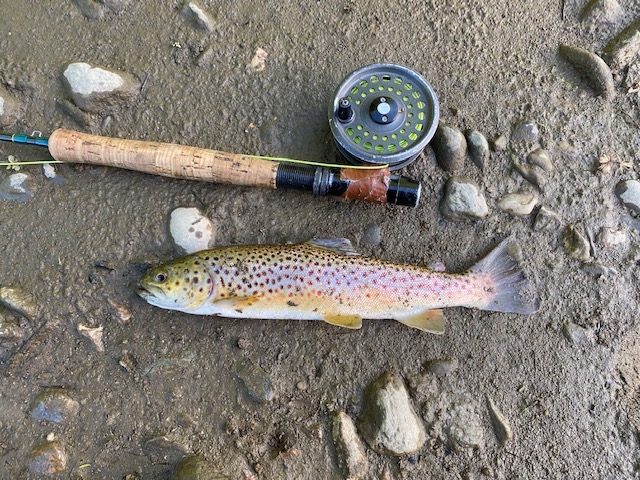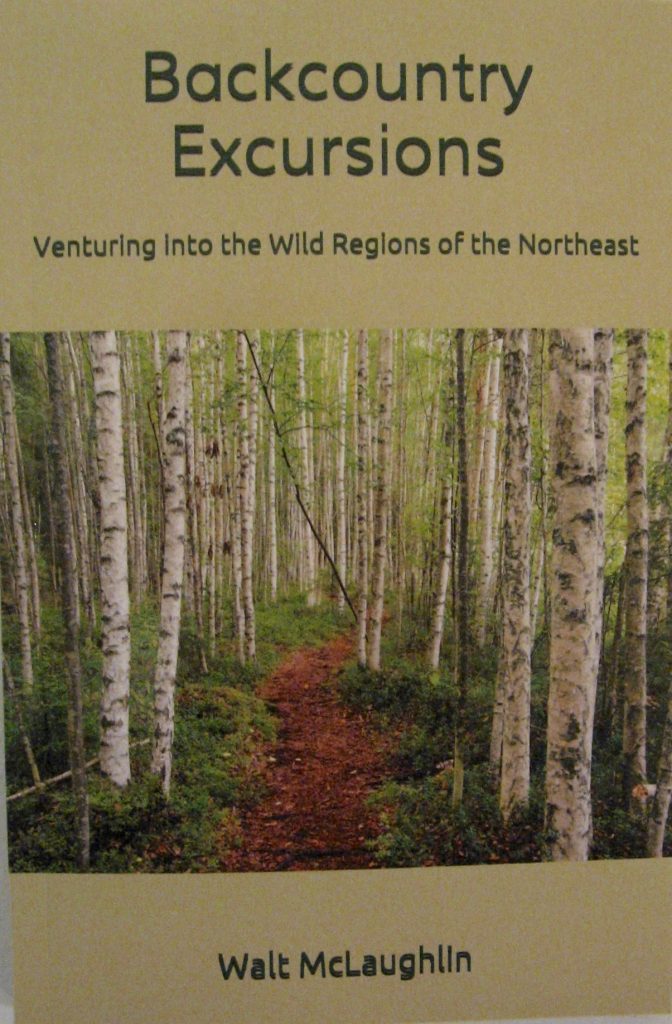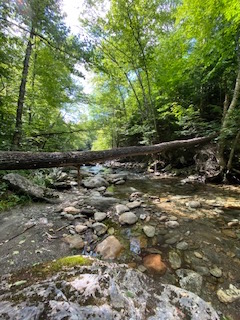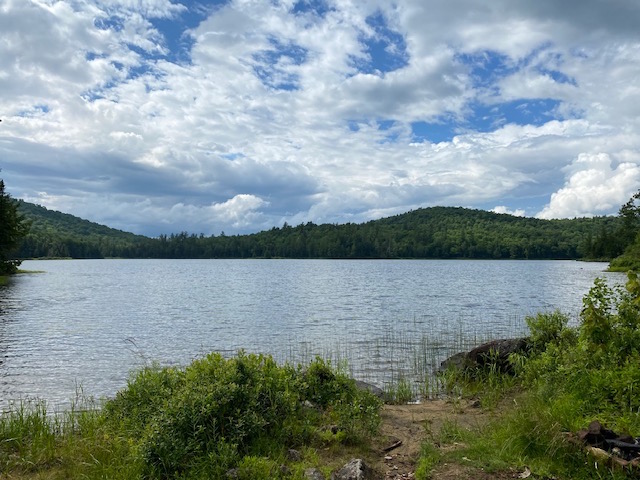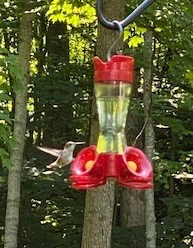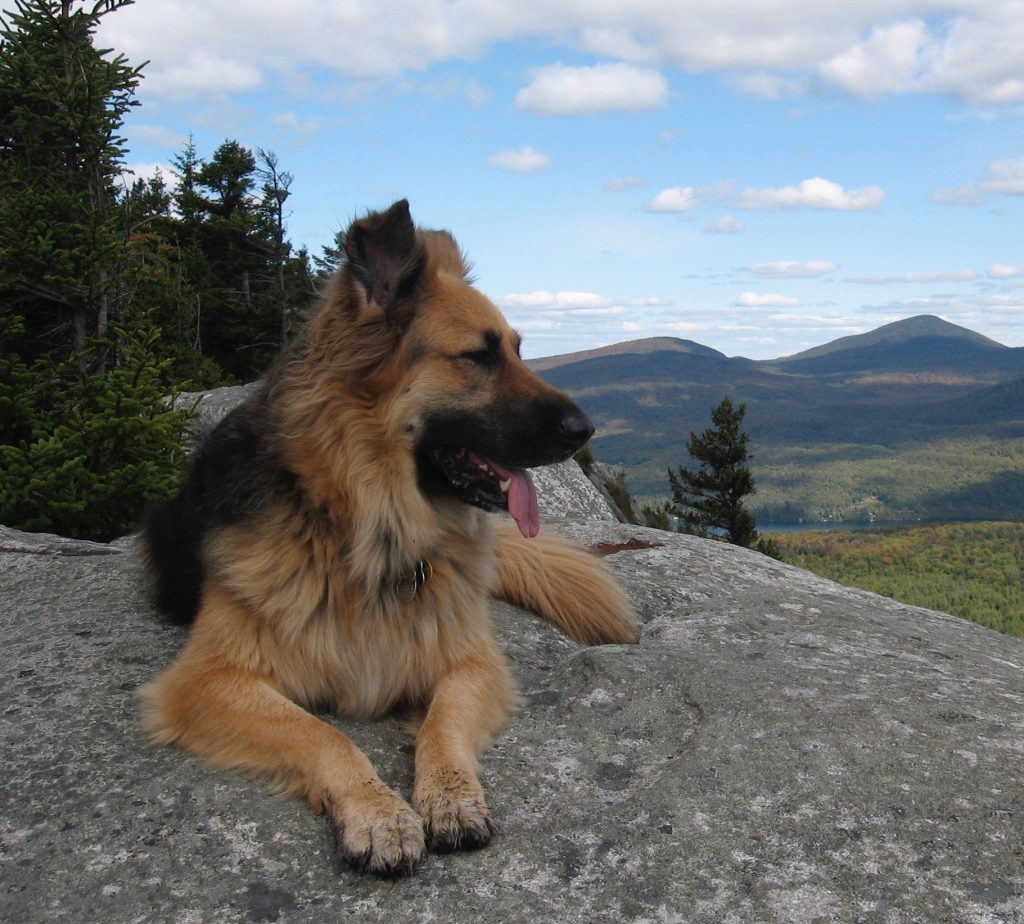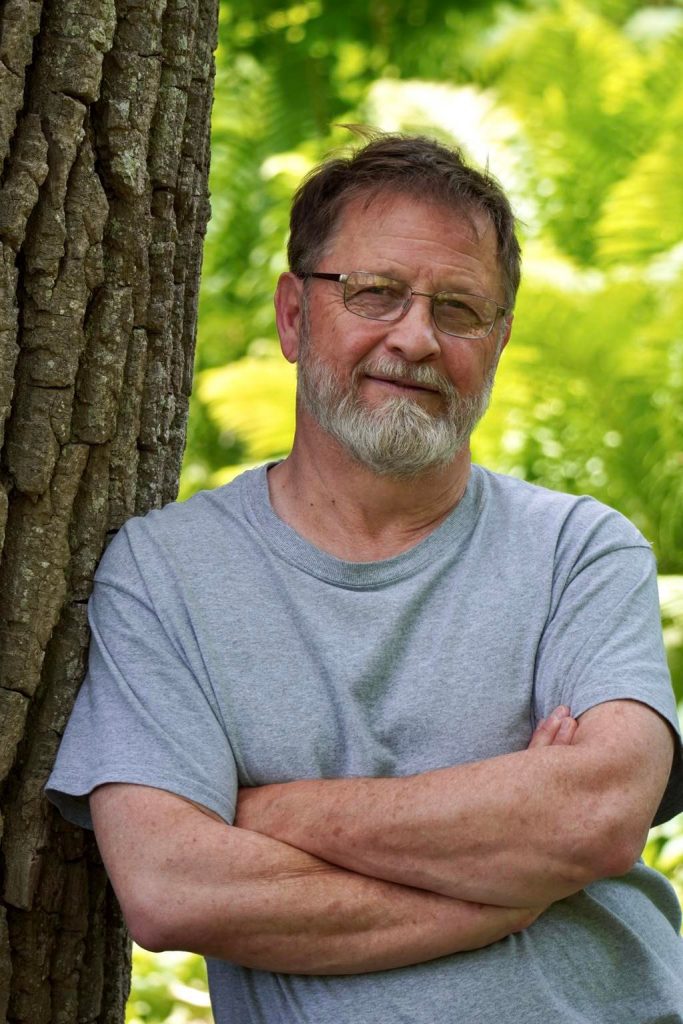Oct 14 2020
The Smell of Autumn
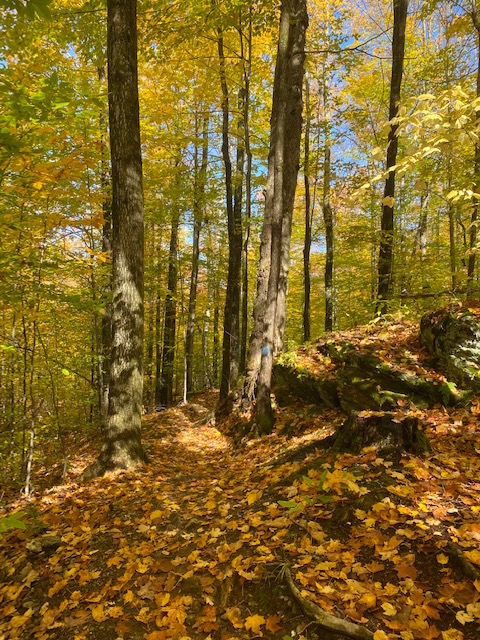
As I have grown older, I have learned to be more flexible. I had planned on driving over to the Adirondacks this week for a daylong hike, but the scratchiness in the back of my throat convinced me that it was better to go for a much shorter outing close to home. So this morning, after a round of writing, I went for a walk in the local town forest.
Immediately upon leaving the parking lot, I looked up to see hundreds of tricolored blackbirds passing through the canopy. How uncharacteristic, I thought, but they are probably migrating or getting ready to do so. It is, after all, that time of year.
While tramping along the trail, I noticed that the understory was mostly green even though the thinning foliage in the canopy had already turned and was past peak. Most of the color was on the ground: fading yellow, burnt orange, and brown leaves covering the forest floor. Earlier than expected. It has been an unusual year in that regard.
I inhaled deeply, taking in the tannic, leaf-rich smell of autumn as I walked. There is nothing else quite like it. In the spring, and even well into summer, the forest smells mostly of pollen and humus-rich soil – especially after a good rain. Pleasant enough but nothing like autumn. This leafy smell is the smell of the growing season coming to an end. It inspires reflection. To smell this, I mused, is reason enough to go for a walk this time of year.
I broke into a cold sweat during the last leg of my walk. This was a sure sign that I had made the wise choice by going out for only an hour or so. My body is just fighting off a head cold, I told myself, but there is a much greater threat afoot this year. So I drove home vowing to take it easy the rest of the day. No sense pressing my luck.
Comments Off on The Smell of Autumn

